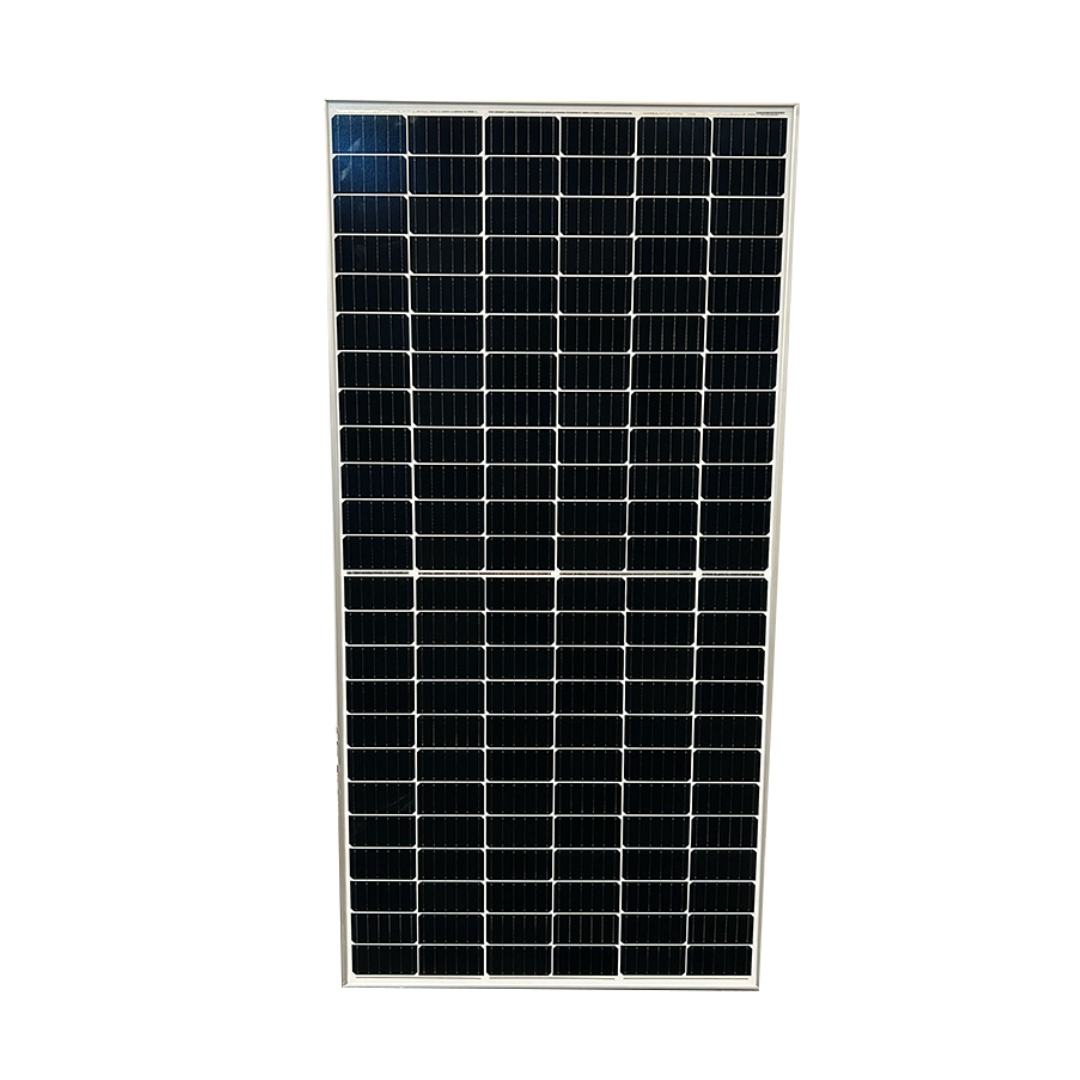yabert
Solar Enthusiast
Hi
We plan to add 4 panels on a 40fts catamaran sailboat to have around 1600W of solar for a 12V system (5 kWh LFP battery).
I can use 1 or 2 or 4 MPPT for this project. It's just to choose between different Victron product (one 250/100 or two 100/50 or four 100/30).
Remark that all those MPPT are underrated compare to panel power (1300w-1560w mppt vs 1600w solar), but it's find for us since panels will rarely give their max power.
In my mind, a single MPPT is a huge no because of the potential shade on a sailboat and 2 MPPT is a good compromise for redundancy vs wires management vs shade.
But what about 4 MPPT? Is the extra wires management and price worth the extra 16% power and shade capability?
Is there other facts that I didn't think of?
Let me know.
Thanks
We plan to add 4 panels on a 40fts catamaran sailboat to have around 1600W of solar for a 12V system (5 kWh LFP battery).
I can use 1 or 2 or 4 MPPT for this project. It's just to choose between different Victron product (one 250/100 or two 100/50 or four 100/30).
Remark that all those MPPT are underrated compare to panel power (1300w-1560w mppt vs 1600w solar), but it's find for us since panels will rarely give their max power.
In my mind, a single MPPT is a huge no because of the potential shade on a sailboat and 2 MPPT is a good compromise for redundancy vs wires management vs shade.
But what about 4 MPPT? Is the extra wires management and price worth the extra 16% power and shade capability?
Is there other facts that I didn't think of?
Let me know.
Thanks




